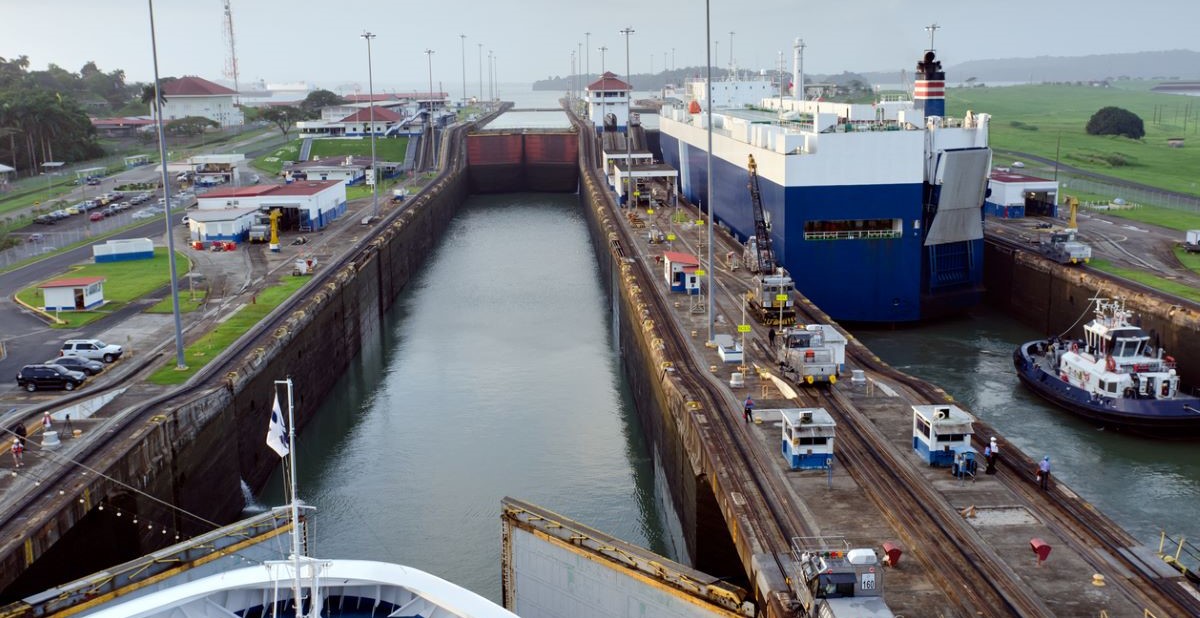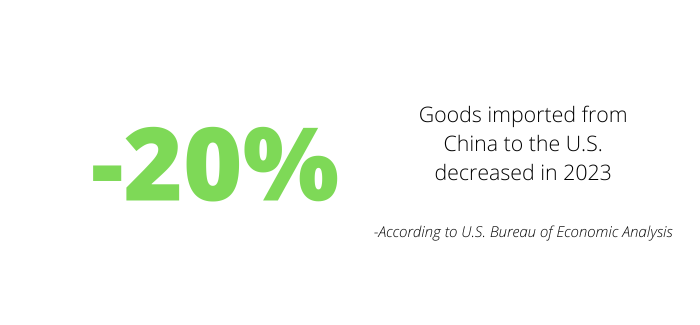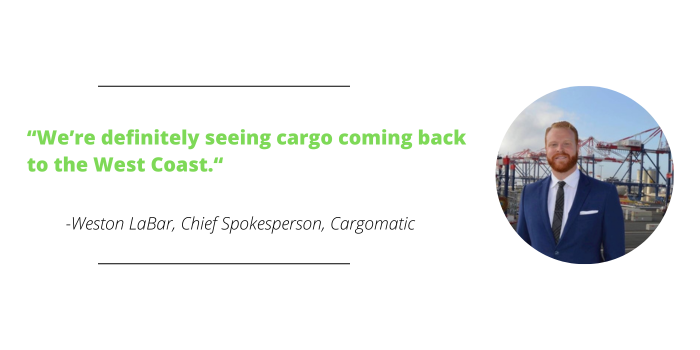2024’s Supply Chain Will Require Promo Companies To Stay Nimble

The aftermath of the COVID-19 pandemic lockdown period proved to those in the promo industry and beyond just how tenuous the global supply chain could truly be. Since then, it would be understandable to fear for the worst when dealing with sporadic logistics hurdles – from labor negotiations to delicate geopolitical developments.
Many of 2024’s biggest supply chain concerns that promo faces are evolving issues that PPAI Media consistently reported on through 2023. Others – issues facing virtually every industry that operates on a global scale – are regularly covered by publications such as Supply Chain Dive.
- The next year will bring about a range of factors that will create new and familiar logistical obstacles.
- Becoming educated on these factors and adapting to react nimbly will help promo companies avoid getting blindsided by what we might already know is coming.
Below are a handful of the biggest logistical trends to keep an eye on for the rest of 2024:
China’s Economy Affecting Its Exporting Reality…
Producer prices in China have been decreasing for 15 consecutive months, putting extreme pressure on the profit margins of industrial output.
- This adds to a Chinese economy that is already dealing with a debt problem and a property crisis.
“Companies cut product prices, then staff salaries,” Raymond Yeung. Chief China economist at ANZ told Reuters. “Then consumers won't buy - this could be a vicious cycle,” he said.
As prices continue to fall in China, that could be advantageous for companies looking to export from the world’s second-largest economy. However, at a certain point this dynamic could mean trouble for those manufacturing domestically or anywhere else in the world, creating an imbalance in the global supply chain.

…What Opening Does This Create For Mexico?
According to the New York Times, the U.S. bought more goods from Mexico than it did in 2023, which hasn’t happened for at least 20 years.
- Goods imports from China to the U.S. dropped to $427.2 billion in 2023.
- Meanwhile, imports from Mexico held firm at $475.6 billion.
“There was a period where geopolitics didn’t really matter for trade much, but as uncertainty increases in the world, we do see that trade becomes more sensitive to these positions,” says Stela Rubinova, a research economist at the World Trade Organization.
Many individuals and businesses over the past few years have had to face the tenuousness of relying so heavily on China. That realization is leading to more and more of those businesses looking to the southern border of the U.S.
An Ongoing Crisis At The Red Sea
Since late 2023, Yemen’s Houthi rebels have been attacking ships in the maritime trade route between the Mediterranean Sea and the Indian Ocean via the Red Sea and the Suez Canal.
- As John Corrigan wrote for PPAI Media, the resulting routes that shipping lines are taking is already having a more significant impact on vessels available to pick up containers at ports than during the pandemic.
“Delays and cost increases are mounting,” Stephen Lamar, president and CEO of the American Apparel and Footwear Association, told CNBC. “Although companies are exploring alternative shipping options, adverse knock-on effects continue to disrupt logistics globally.”
- Freight rate hikes and additional surcharges are already being added to trade routes due to issues with the availability of containers.
The Panama Canal Still Faces Drought Restrictions
The Panama Canal is one of the most important and heavily used shipping routes in the world. Approximately 40% of the world’s cargo ship traffic travels through it at some point.
- As PPAI Media wrote, it is facing restrictions and delays as an ongoing drought has reduced the route’s utility.
- Vessels traveling through the Panama Canal currently are limited 24 slots per day with the expectation that that will soon reduce to 18 slots per day.
What Did Yellow’s Bankruptcy Foretell?
In 2023, Yellow, the third-largest less-than-truckload (LTL) carrier company shut down services, as PPAI Media wrote about at the time.
- At the time, it seemed that competitors might raise prices in the wake of the news about Yellow, which was one of the more cost-friendly carrier options, especially with the fear of a UPS strike looming during 2023.
- But some experts believe that there are still too many drivers and companies competing for freight business, which would allow the potential of rates to remain flat or even potentially decrease.
PPAI members can receive perks in terms of LTL carriers. FedEx is an Affinity Partner with PPAI.
- This means that PPAI members get discounted rates up to 50% on shipping services.
- If you have questions about what FedEx benefits your PPAI membership could get you, reach out to Affinity@PPAI.org.
A Labor Strike On The East Coast Remains Possible.
The United States Maritime Alliance has until September 30 to work out a new contract with the International Longshoremen’s Association (ILA). While the deadline is still more than seven months away, port labor negotiations have a track record of dragging out for quite a while.
The ILA has already informed members to “be prepared for the possibility of a coast-wide strike.”
This comes after a 2023 that saw similar fears narrowly averted on the West Coast (though not without drama).
- East Coast ports had gained volume during the West Coast negotiations, though this progress will be in jeopardy if negotiations creep closer and closer to October and a potential work stoppage.
…Which Might Spell Congestion For The West Coast
Things can change drastically in a year. After prolonged West Coast port labor negotiations, including sporadic work stoppages, the West Coasts officially rebounded later in the year, as PPAI Media covered.
We’re definitely seeing cargo coming back to the West Coast,” Weston LaBar, chief spokesperson for Cargomatic, a California-based logistics and drayage provider, told the Journal of Commerce.

- If labor negotiations interrupt operations at East Coast ports, a larger volume of cargo will likely come through the West Coast ports.
- This would be in addition to restrictions in the Panama Canal and the Red Sea crisis already sending volume through the West Coast.
The fear in this scenario would be that such a drastic shift would cause congestion along the West Coast ports and thus supply chain headaches would follow. However, PPAI Media wrote back in October that the West Coast ports have prepared for this surge and, with a new labor contract, expect to take on the task without complication.
“Consumer confidence is on the rise and shippers can rely on the Port of Choice now that we have a ratified contract in place with our waterfront workforce,” says Mario Cordero, CEO of the Port of Long Beach. “We look forward to a moderate rebound in cargo volume through the end of the year.”

